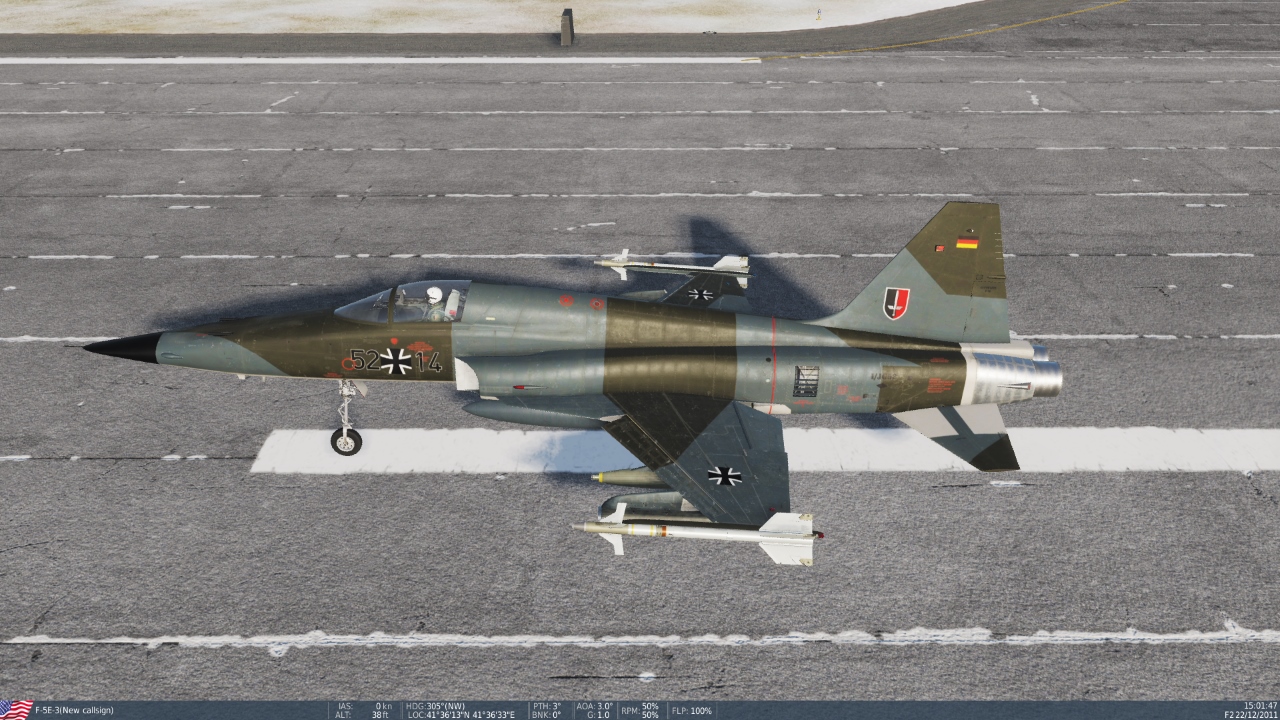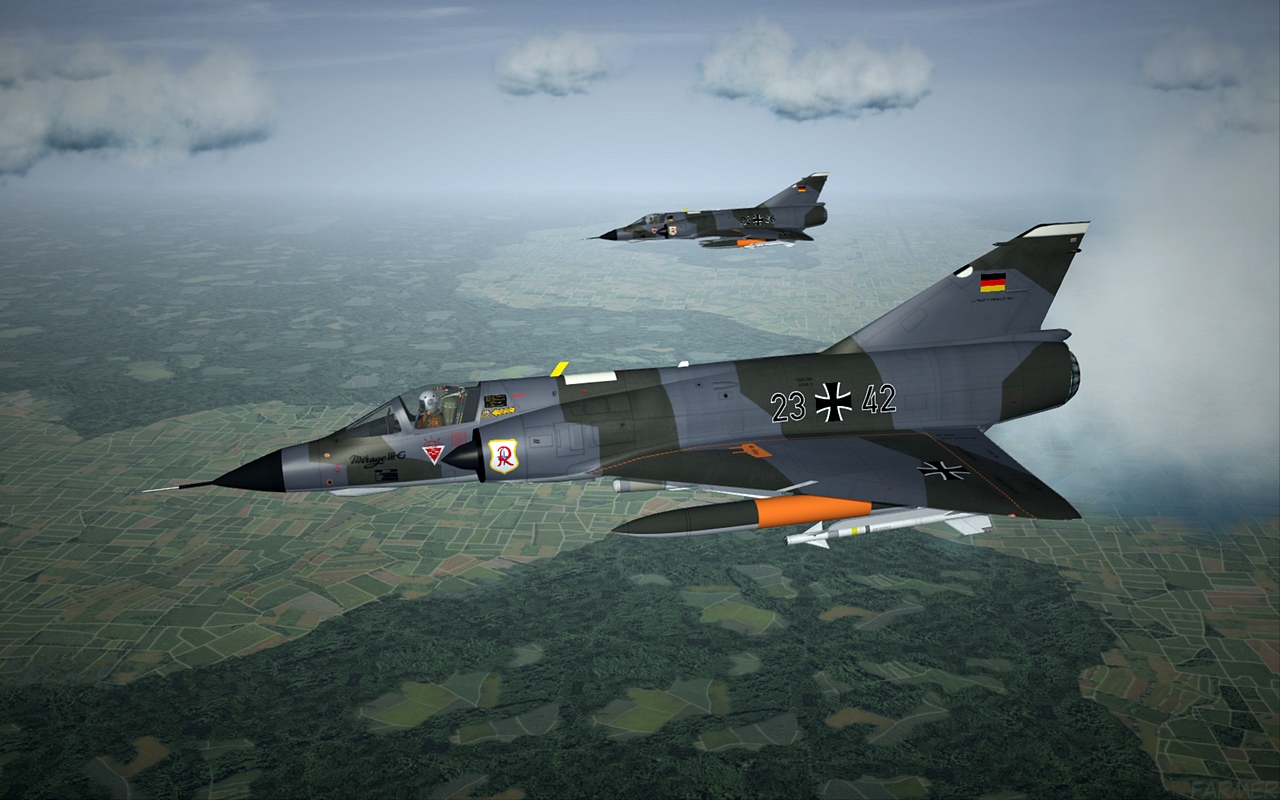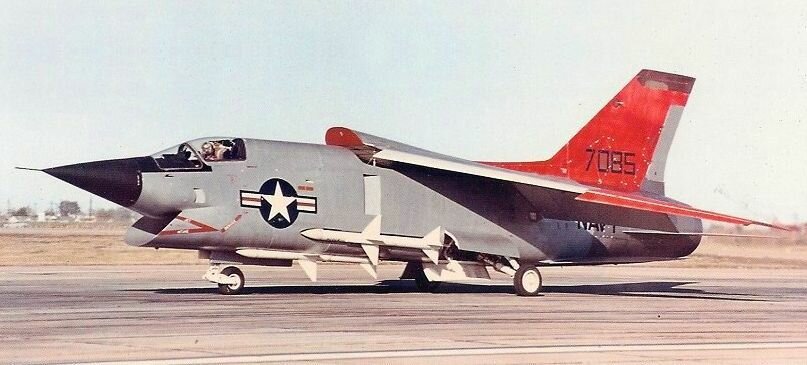The style of your posts is always... surprising. Although not always easy to understand for not native english speaking people like myself.
Lubricants...
https://en.wikipedia.org/wiki/Petroleum_jelly
Refers to two sayings in the English language, "set the wheels in motion" i.e. start a process going (usually some kind of official process) and "Oil the wheels" ("Grease the wheels" is more common in the US I think) is a saying for making that process run smoothly by applying lubricant, which in this case is not a mineral based lubricant but money.
I presume both trace their origins to the expansion of the Railways in the mid-19th Century.
Alertken says pretty much nailed this on the head. Lockheed's genius was getting Belgium, the Netherlands and Italy (and Canada too) on board in a much larger industrial programme to compensate for any lack of home user back in the US.
Its perhaps ironic that having tried so hard numerous times to foster joint NATO kit by the use of NBMRs (which as Altertken has raised before were largely paperwork dreams without procurement funds to make them reality), that a few executives (
and perhaps a few briefcases of cash) managed to get all the main Central European NATO members to buy the same kit.
de Havilland had attempted this with the Macchi and Sud Est Vampire/Venom production lines and Hawker licensed Hunter to Fairey Avions/SABCA/Fokker/Aviolanda during the 1950s with success but there was no encore for the 1960s. There was probably not the money available to make defence assistance funding payments to NATO nations (the UK was still then a receiver of MDAP funds) and after the 1957 cuts the only game in town was the Lightning and if you didn't like the Lightning then you had to look elsewhere.
It's worth outlining the F-104G plan here:
The original 18 March 1959 licence agreement with Germany was for 210 aircraft built by Messerchmitt, Dornier, Heinkel and Siebel under the Arbeitsgemeinschaft 104 (ARGE 104) consortium.
On 20 April 1960 the Netherlands signed a deal, Belgium signed on 20 June and Italy followed on 2 March 1961. Canada had signed its own deal on 17 September 1959. Japan got hers on 29 January 1960, so after Germany and Canada but before BeNeIt.
So ARGE 104 was recast as ARGE Sud.
A new ARGE Nord was formed by Focke-Wulf, Hamburger Flugzeugbau, Weser Flugzeugbau, Fokker and Aviolanda.
A Western Group comprised SABCA and Avions Fairey.
An Italian Group was formed of Fiat, Aerfer, Macchi, Piaggio, SACA and SIAI-Marchetti.
Between them the F-104G orders in 1964 stood at 947 aircraft plus 149 RF-104G and 48 TF-104G.
Germany got 604 ARGE-built and 96 Lockheed-built F-104s; the Netherlands 120 from ARGE; Belgium 99 from home production and 1 from Lockheed, Italy 124 from home production and 1 from Lockheed. Italy then followed with the F-104S.
Canadair under its own licence agreement took care of other NATO needs: 25 for Denmark, 16 for Norway, 36 for Greece and 38 for Turkey. (I'm not sure why these came from Canadian and not European production, presumably to offset Canada's basing costs in Europe?)
Alertken is probably right, with this level of industrial benefit for a whole swathe of European aircraft industries some political lubricants probably helped the right people sign the right documents but there must have been a lot of industrial pressure too.
So from an AH perspective some factors are clear:
1. You need to kill the West German order by 1959 to avoid the critical mass of the smaller western NATO nations following suit in 1960.
2. There may have been scope to chip away at some of the smaller NATO members, the Belgian and Italian production blocs were not so tied into ARGE and might have been tempted by a good deal.
3. You need the right fighter at the right time.
4. You need financial clout behind you
5. The Germans didn't fully decide until 1959, is it feasible that they would have been able to make a decision sooner? Was a Saro P.177 order in 1957 or early 1958 really feasible or would it have been a hanging-on for 18 months for no benefit?
6. Does Germany, Canada and Japan all going for F-104 within 9 months of each other realistically kill off any other competitors beyond small-scale orders around the fringes?














